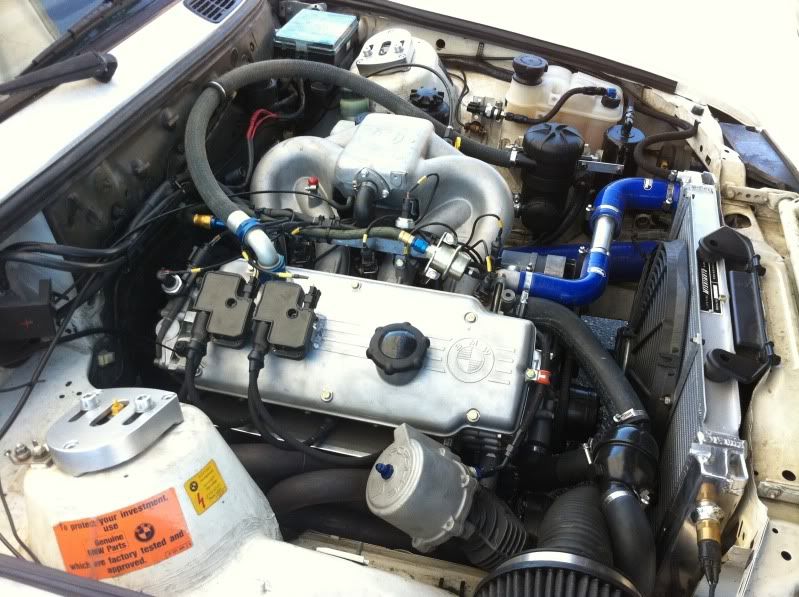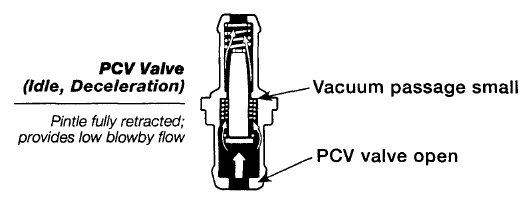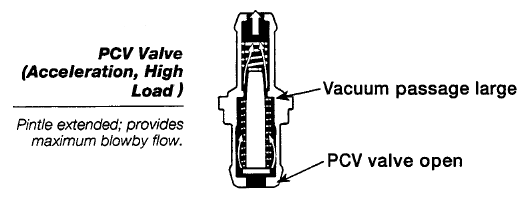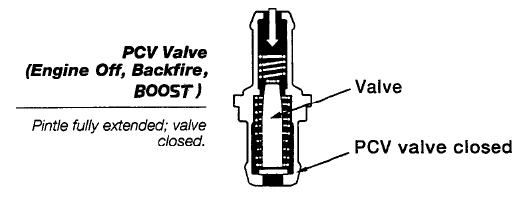
Originally Posted by
nsusammyeb  still waiting on the turbo edition!!
still waiting on the turbo edition!!Yah I know I'm getting to it. Sorry. :o

Originally Posted by
nsusammyeb  Great read, I think I understand everything but I did have a question about running blow through and the hose that ran from the intake, before the TB and after maf, to the valve cover. I know you don't want this anymore because you will pressurize the crankcase. I have it running back to my turbo intake, which means air is once again being measured twice and I'm losing some of the air that the maf is reading??
Great read, I think I understand everything but I did have a question about running blow through and the hose that ran from the intake, before the TB and after maf, to the valve cover. I know you don't want this anymore because you will pressurize the crankcase. I have it running back to my turbo intake, which means air is once again being measured twice and I'm losing some of the air that the maf is reading??No big deal. That's how the DETs are done from the factory. You're doing great with that setup.
Edit: Okay I may have been wrong about that. I think your MAF placement is problematic. Yes you double-meter air, and you also run the risk of contaminating the MAF with oil. The factory setup has the recirc done after the
draw-through MAF.










 Be the first to like this post.
Be the first to like this post.





 Back to top
Back to top
